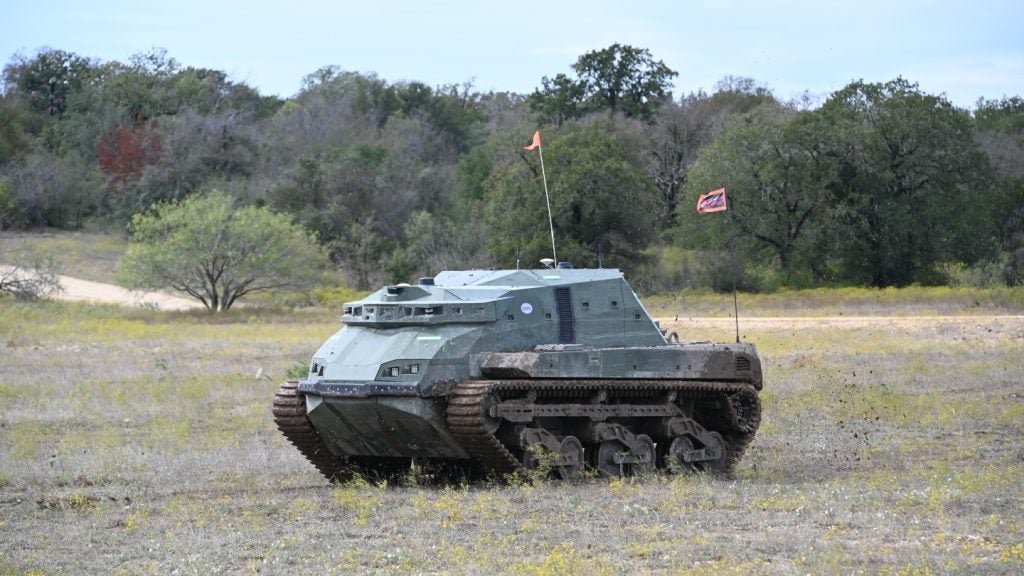BAE Systems and Navistar International have revealed the vehicle they will use to compete for the US Joint Light Tactical Vehicle (JLTV) programme.
JLTV is a US defence force initiative to field a family of future light tactical vehicles.
The BAE Ground Systems-Navistar JLTV design, unveiled at the AUSA Winter Symposium in Florida, takes a user-centric design approach, BAE says.
The design optimises the “iron triangle” – payload, protection and performance – to meet JLTV requirements.
The 16,000lb vehicle features the latest in lightweight, advanced armour, a v-shaped hull design and incorporates lessons learned from the US Mine Resistant Ambush Protected vehicle programme.
See Also:
The JLTV competition, which could be worth over US$10bn in the long-term, calls for ten different vehicle models, with thee payload categories.
How well do you really know your competitors?
Access the most comprehensive Company Profiles on the market, powered by GlobalData. Save hours of research. Gain competitive edge.

Thank you!
Your download email will arrive shortly
Not ready to buy yet? Download a free sample
We are confident about the unique quality of our Company Profiles. However, we want you to make the most beneficial decision for your business, so we offer a free sample that you can download by submitting the below form
By GlobalDataThe vehicles should be armoured, have network connectivity, be light enough to be transported by a range of aircraft and feature common parts, systems, tools, training and maintenance procedures.
The army will award three contracts for a 27-month technology development phase in July 2008, followed by a system development and demonstration phase to begin in 2011.
By Elizabeth Clifford-Marsh





